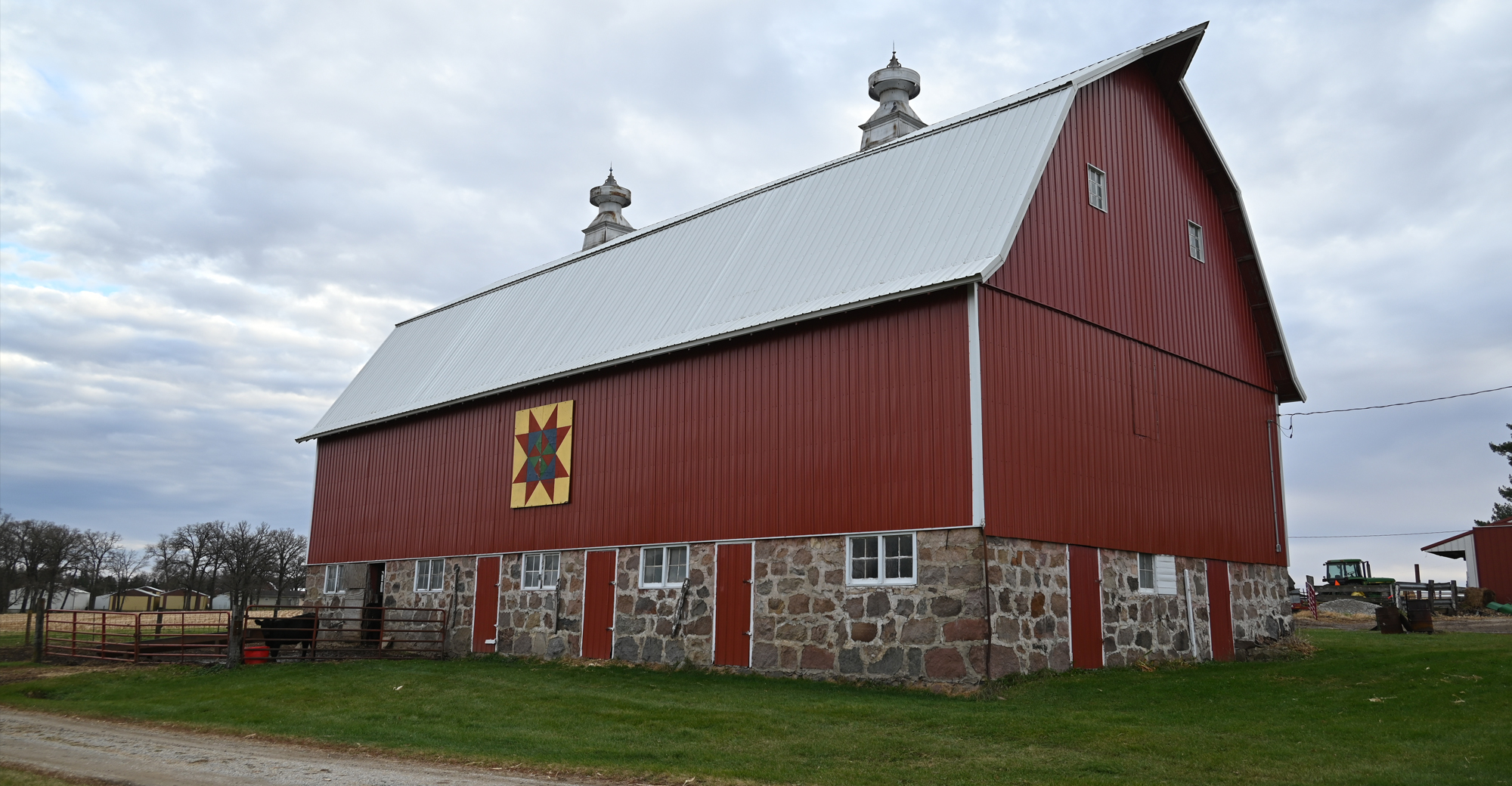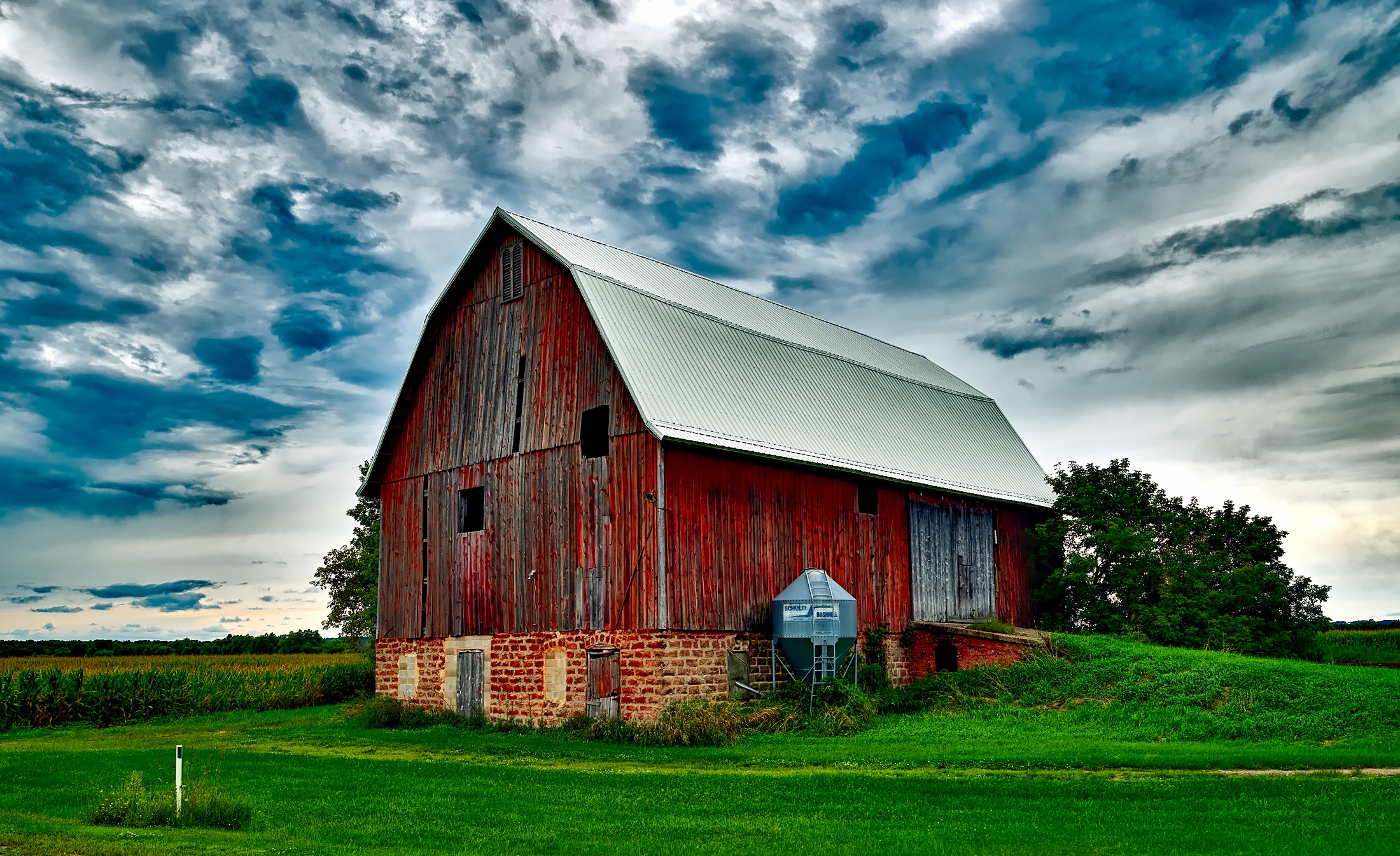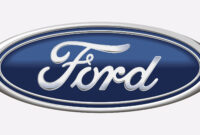Barn Find Chevy Trucks For Sale: Unearthing Automotive Treasures sale.truckstrend.com
The scent of dust, the glint of chrome beneath decades of grime, and the silent promise of a forgotten past – this is the allure of the "barn find." For automotive enthusiasts, particularly those with a soft spot for classic American muscle and utility, the barn find Chevy truck represents a unique blend of history, potential, and raw, unadulterated character. These aren’t just old vehicles; they are time capsules, often preserved (or at least protected) from the elements, waiting for a passionate owner to breathe new life into them.
A barn find, in its purest sense, is a vehicle discovered in an unexpected place – typically a barn, garage, shed, or even an open field – where it has been stored, often neglected, for an extended period. For Chevy trucks, which boast a rich heritage of durability, versatility, and iconic design, these discoveries are particularly exciting. From the curvaceous lines of an Advance Design pickup to the rugged utility of a Square Body, a barn find Chevy offers a unique opportunity to own a piece of automotive history, often at a more accessible entry point than a fully restored classic. This article serves as a comprehensive guide for anyone looking to embark on the thrilling journey of finding, evaluating, and potentially restoring a barn find Chevy truck.
Barn Find Chevy Trucks For Sale: Unearthing Automotive Treasures
The Allure of the Barn Find Chevy
Why do barn find Chevy trucks captivate so many? It’s a multifaceted appeal rooted in nostalgia, individuality, and the thrill of discovery. Each truck has a story, often untold for decades, waiting to be uncovered. Unlike a pristine, professionally restored vehicle, a barn find offers a blank canvas. It allows the new owner to dictate its future – whether it’s a meticulous frame-off restoration, a rat rod conversion, or a sympathetic preservation that embraces its weathered patina.
Beyond the romantic notion, there’s a practical appeal. The sheer volume of Chevy trucks produced over the decades means parts availability is often excellent, thanks to a robust aftermarket and a passionate community. Their simple, robust engineering makes them relatively straightforward to work on for the mechanically inclined. Furthermore, with the right investment of time and resources, a barn find Chevy can appreciate significantly in value, making it not just a hobby but potentially a sound investment.
Where to Unearth Your Next Project
Finding a barn find Chevy truck requires patience, persistence, and a bit of luck. It’s less about active searching and more about being in the right place at the right time, or knowing where to look systematically.
- Online Marketplaces: Websites like eBay Motors, Facebook Marketplace, Craigslist, and specialized classic truck forums are excellent starting points. Use broad search terms like "Chevy truck project," "classic Chevy pickup," or specific model years like "1972 C10 for sale." Be wary of scams and always verify information.
- Local Classifieds and Auctions: Don’t underestimate traditional methods. Local newspapers, estate sale listings, and rural auction houses can be goldmines. Farm equipment auctions, in particular, often include forgotten trucks.
- Word-of-Mouth and Networking: Tell everyone you know you’re looking. Farmers, rural mechanics, old-timers, and even real estate agents might know of a truck tucked away somewhere. Join local classic truck clubs; members often share leads.
- Rural Exploration: This is the romantic ideal. Driving through rural areas, politely inquiring at farms or properties with visible old vehicles, can sometimes yield results. Always respect private property and ask permission before exploring.
- Specialized Dealers/Brokers: Some businesses specialize in sourcing and selling barn finds. While they might charge a premium, they often handle the initial legwork and title verification.

What to Look For: Key Inspection Points

Once you’ve located a potential barn find, a thorough inspection is crucial. Assume nothing, and be prepared for the worst.
- Rust: This is the ultimate deal-breaker. Check the frame rails meticulously for rot, especially around suspension mounting points. Inspect cab corners, rocker panels, floor pans, bed supports, and wheel wells. Bring a magnet to detect bondo (body filler) covering rust holes. Surface rust is manageable; structural rust is a costly nightmare.
- Engine and Drivetrain: Is the engine seized? Try to turn it over by hand (with a wrench on the crankshaft bolt). Check oil, coolant, and transmission fluid levels. Look for signs of leaks, rodent nests, or missing components. Assume the engine and transmission will need a full rebuild or replacement.
- Completeness: Are all major components present? Missing trim, glass, or interior pieces can be surprisingly expensive and difficult to source.
- Interior Condition: Check for water damage, mold, torn upholstery, and a crumbling dashboard. While largely cosmetic, a severely damaged interior adds to the restoration cost.
- Title and Paperwork: This is paramount. A clear, transferable title in the seller’s name is non-negotiable. Verify the VIN on the title matches the VIN on the truck. Be extremely cautious with lost titles, salvage titles, or trucks with no paperwork; resolving these issues can be a bureaucratic nightmare. A bill of sale is also essential.
- Originality (if desired): If you’re seeking a numbers-matching show truck, research the VIN and engine codes. For most barn finds, originality is less of a concern than structural integrity.

Understanding the Price Spectrum
The price of a barn find Chevy truck varies wildly based on several factors, primarily its condition, rarity, model year, completeness, and geographical location. Expect to pay anywhere from a few hundred dollars for a rolling chassis with no title to several thousand for a relatively complete, restorable example.
Factors Influencing Price:
- Condition: The single biggest factor. A truck with minimal rust and a potentially running engine will command a higher price than a rust bucket needing a full frame-off.
- Rarity/Model Year: Highly sought-after models like 1967-1972 C10s, early Task Force trucks (1955-1959), or specific trim levels (e.g., Cheyenne Super) will fetch more.
- Completeness: Missing major components (engine, transmission, axles, interior) significantly devalue the truck.
- Title Status: A clear title adds considerable value.
- Location: Trucks in dry, arid climates (like the American Southwest) often have less rust and command higher prices.
- Seller’s Motivation: A motivated seller may offer a better deal.
Barn Find Chevy Truck Estimated Price Table (2024)
This table provides general estimates for common barn find Chevy truck models based on their as-found condition. Prices can fluctuate significantly based on exact model, rarity, and market demand.
| Condition Category | Description | Advance Design (1947-1955) | Task Force (1955-1959) | C/K Series (1960-1972) | Square Body (1973-1987) |
|---|---|---|---|---|---|
| Parts Donor/Scrap | Heavily rusted, major components missing, no title. Primarily for salvageable parts. | $500 – $1,500 | $700 – $2,000 | $600 – $1,800 | $400 – $1,200 |
| Rough Project | Significant rust, non-running engine, incomplete interior. Requires extensive restoration. | $1,500 – $4,000 | $2,000 – $5,500 | $1,800 – $5,000 | $1,000 – $3,000 |
| Running Project | Runs (or easily made to run), minor-to-moderate rust, largely complete. Needs full mechanical/cosmetic. | $4,000 – $8,000 | $5,500 – $10,000 | $5,000 – $12,000 | $3,000 – $7,000 |
| Driver Quality | Runs and drives safely, some rust/patina, complete interior. Could be enjoyed as-is or lightly restored. | $8,000 – $15,000+ | $10,000 – $20,000+ | $12,000 – $25,000+ | $7,000 – $15,000+ |
Note: These are "as-found" prices. Fully restored versions of these trucks can easily command $30,000 to $100,000+ depending on the model, quality of restoration, and rarity.
The Restoration Journey: From Rust to Roadworthy
Buying a barn find is just the first step; the real adventure begins with restoration. This process can be lengthy, costly, and incredibly rewarding.
- Initial Assessment and Budgeting: Before turning a single wrench, thoroughly assess the truck’s condition. Create a detailed budget, estimating costs for parts, professional labor (if applicable), tools, and consumables. Always add a 20-30% contingency for unexpected issues.
- Mechanical Resurrection: Start with the basics. Get the engine running (or plan for a rebuild/swap), ensure brakes are functional, and address steering and suspension components. Replace all fluids, hoses, belts, and wiring.
- Structural and Body Work: This is often the most challenging and expensive part. Address all rust, repair or replace rotten panels, and ensure the frame is solid and straight. Proper bodywork is essential for a lasting finish.
- Interior Refresh: Clean, repair, or replace seats, dash, door panels, and headliner. Ensure all gauges and electrical components function.
- Paint and Finish: Whether you opt for a show-quality paint job, a period-correct restoration, or preserving the "patina" with a clear coat, this step brings the truck to life visually.
- Parts Sourcing: The aftermarket for Chevy trucks is vast. Companies like LMC Truck, Classic Industries, and Summit Racing offer almost every part imaginable. Swap meets and online forums are also great for used or NOS (New Old Stock) parts.
Potential Pitfalls and How to Avoid Them
While exciting, the barn find hunt isn’t without its challenges.
- Hidden Damage: Rust can be expertly concealed with bondo or under layers of dirt. Always bring a magnet and a flashlight.
- Title Issues: A truck without a clear title is a massive headache. Do not buy it unless you fully understand and accept the process (and cost) of obtaining a new title in your state.
- Overpaying: Emotional attachment can lead to overspending. Stick to your budget and research comparable sales.
- Unrealistic Expectations: Restoration takes time, money, and skill. Don’t underestimate any of these factors. A "quick fix" often leads to more problems down the road.
- Lack of Parts Knowledge: While parts are plentiful, knowing which parts you need and how to install them correctly is key. Research your specific model thoroughly.
Popular Chevy Truck Models for Barn Finds
Certain Chevy truck generations are particularly popular for barn find discoveries due to their iconic status and strong aftermarket support:
- Advance Design (1947-1955): Known for their rounded, art-deco inspired styling. Very popular for hot rods and restomods.
- Task Force (1955-1959): The first generation to offer a V8 engine option. Features more modern styling than the Advance Design, especially the "cameo" pickups.
- C/K Series (1960-1966 "Sweptline," 1967-1972 "Action Line"): The 1967-1972 "Action Line" trucks (C10, C20, K10, K20) are arguably the most sought-after classic trucks today, known for their clean lines and strong aftermarket.
- Square Body (1973-1987): Gaining rapidly in popularity, these robust and versatile trucks offer a more modern driving experience while still retaining classic appeal. They are often more affordable as barn finds.
Tips for a Successful Barn Find Purchase
- Do Your Homework: Research the specific model you’re interested in. Understand common rust spots, mechanical quirks, and part availability.
- Bring a Mechanic (or Knowledgeable Friend): A second, experienced set of eyes can spot issues you might miss.
- Be Prepared to Walk Away: If the price isn’t right, the title is cloudy, or the condition is worse than expected, don’t be afraid to decline. There will always be other trucks.
- Verify the VIN: Ensure the VIN on the truck matches any paperwork and check for signs of tampering.
- Plan for Transport: Most barn finds are not roadworthy. Arrange for a flatbed tow truck or trailer for transport.
- Negotiate: Always negotiate the price. The asking price is rarely the final price for a barn find.
Conclusion
The pursuit of a barn find Chevy truck is more than just a search for a vehicle; it’s an embarkation on an adventure into automotive history and a testament to the enduring appeal of these iconic machines. With patience, careful inspection, and a realistic understanding of the restoration journey, uncovering one of these forgotten treasures can be an incredibly rewarding experience. Whether you dream of a perfectly restored showpiece, a reliable daily driver, or a custom build that reflects your unique style, a barn find Chevy truck offers an unparalleled starting point, a tangible connection to the past, and a truly unique project waiting to be brought back to life.
Frequently Asked Questions (FAQ) about Barn Find Chevy Trucks For Sale
Q1: What exactly defines a "barn find" truck?
A1: A "barn find" refers to a vehicle that has been discovered in a state of neglect or long-term storage, typically in a barn, garage, shed, or even an open field. It’s usually non-running, covered in dust, and has been out of commission for many years, offering a raw, untouched glimpse into its past.
Q2: Are barn find Chevy trucks always cheaper than restored ones?
A2: Generally, yes. Barn finds are priced based on their as-found condition, which is usually non-running and in need of extensive work. While the initial purchase price might be lower, the total cost after restoration (parts, labor, time) can often exceed the value of a fully restored truck, depending on the depth of the project.
Q3: What’s the first thing I should do after buying a barn find Chevy truck?
A3: The absolute first thing is to secure the title and bill of sale. Once that’s done, safely transport the truck to your workspace. Then, begin a thorough assessment: inspect for structural integrity, check all fluids, and start planning your restoration strategy and budget. Do not attempt to start the engine without a full inspection of the fuel system, ignition, and oil pressure.
Q4: Can I drive a barn find truck home after purchasing it?
A4: Almost certainly not. Most barn finds are not roadworthy. They will typically have seized brakes, rotten tires, an inoperable engine, and potentially dangerous structural issues. Always plan for professional towing or trailering.
Q5: Is buying a barn find Chevy truck a good investment?
A5: It can be, but it’s not guaranteed. The investment potential depends heavily on the model’s rarity, the quality of the restoration, and market trends. While some classic Chevy trucks have seen significant appreciation, a barn find is primarily a passion project. The financial return is often realized over the long term, and only if the restoration is done correctly and within a reasonable budget.
Q6: How difficult is it to find parts for old Chevy trucks?
A6: Fortunately, Chevy trucks, especially models from the 1940s through the 1980s, have an excellent aftermarket parts supply. Many companies specialize in reproduction parts, and used parts are readily available through salvage yards, swap meets, and online communities. This makes them one of the easier classic vehicles to restore in terms of parts sourcing.
Q7: What’s the most common problem with barn find Chevy trucks?
A7: Rust is by far the most prevalent and costly problem. Frame rot, rust in cab corners, floor pans, and bed supports are extremely common, especially in trucks from humid climates. Always prioritize inspecting for structural rust before anything else.




